OdishaPlus Bureau
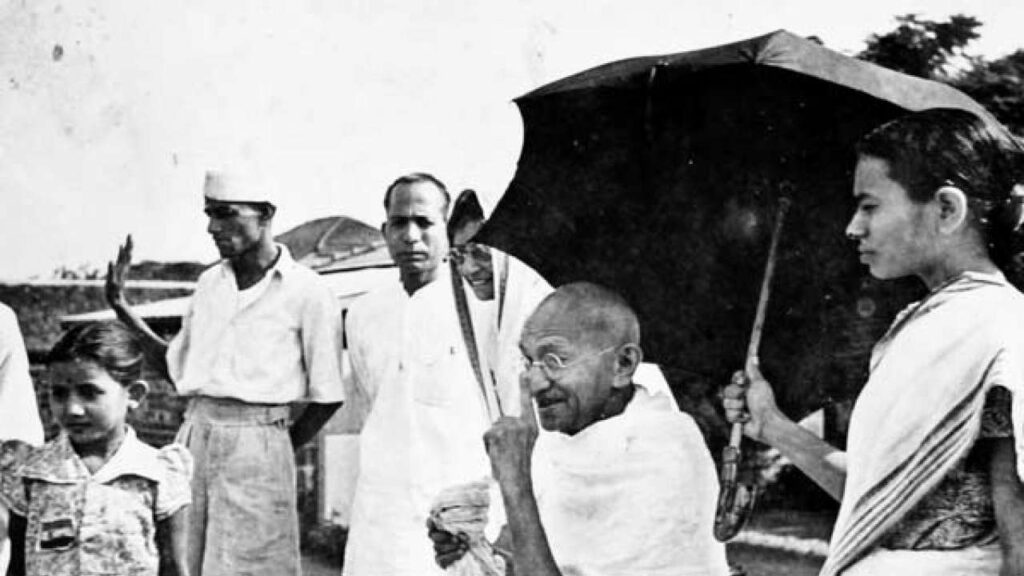
Mahatma Gandhi visited Odisha seven times during the crucial years between 1921 and 1946. This was the time when the formation of the state of Odisha and the then prevailing economic poverty warranted robust leadership and cognizance at the national level. The abject poverty of Odisha had moved the father of the nation and prompted him to be even a stronger votary of Self Rule for India and advocating for the Khadi movement in the country. He had remarked, “The picture of Odisha, which is dancing before my eyes, has convinced me that it will be Swaraj for them if we can provide food to them. The best way to this is to propagate khadi. If this program is carried out sincerely, khadi production in Utkal will increase and one day, this province may become the khadi store of India.”
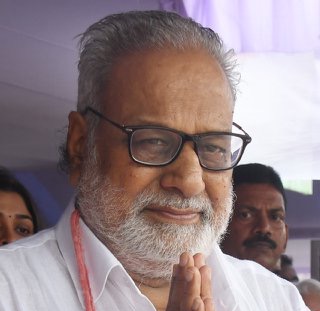
Governor Ganeshi Lal, while addressing the inaugural session of the 16th Assembly of Odisha in June declared ‘the state government would work towards bringing down poverty levels to less than five percent.’
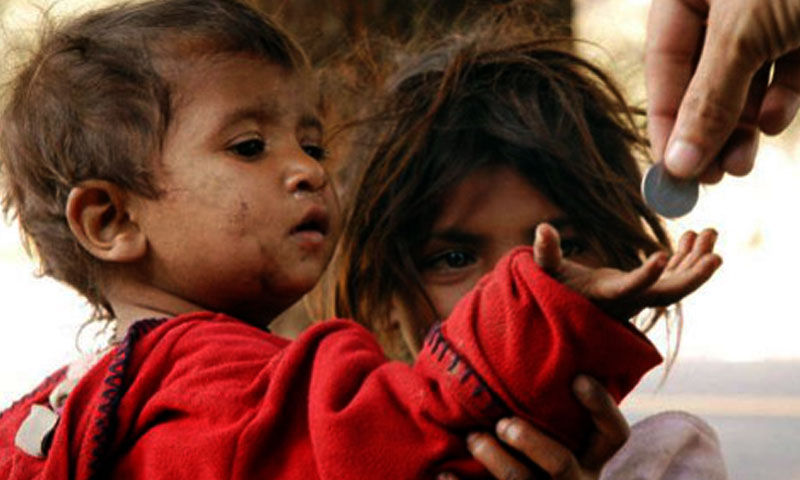
Odisha and Bihar are among the poorest states in the country. While 33.34 percent of Bihar was poor in 2011-12, the corresponding number for Odisha in the same base year stood at 32.59 percent. Other statistics too present a similar picture. The ‘poor’ bloc in the country is led by Bihar and followed by Jharkhand, Madhya Pradesh, Uttar Pradesh, and Odisha. In contrast, the most ‘rich’ state list in the country is led by Goa followed by Delhi, Punjab, Kerala, and Haryana.
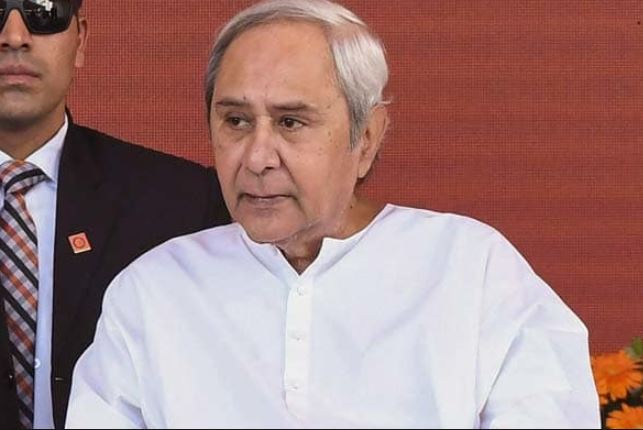
On the other hand, Chief Minister Naveen Patnaik has claimed that poverty levels in the state have dropped by 25 percent over the past 20 years, precisely the period he has been ruling the state. The Chief Minister has attributed the reduction to transformative initiatives and policies that have resulted in the sharpest drop. He said that the state government reaffirms its commitment to intensify efforts in building an inclusive society.

So, Odisha is yet to get out of the stigma of a poor state in the country, notwithstanding the claims made in the 2018-19 Odisha Economic Survey over bringing in faster reduction of poverty rate in the country. What is shocking is that the state still figures among the top-5 states having the largest poorest people in the country. With a massive 42 percent of the adolescents aged 10-19 years belonging to the poorest quintile in Odisha, the State figured as the fifth poorest state in the country. The adolescent proportion in the richest quintile in Odisha is estimated at around a measly 6 percent.
Poorest and richest quintiles are classified based on Monthly Per Capita Expenditure (MPCE). The MPCE for the poorest quintile in Odisha is fixed at Rs 594 and the MPCE for richest quintile is fixed at Rs 5,545 and above. Such prevalence of a grim poverty scenario in the State came to the fore by the recently released Comprehensive National Nutrition Survey (CNNS) 2016-18.
As per Odisha’s Economic Survey 2018-19, the average MPCE of Odisha has been estimated at Rs 904.78 at 2011-12 prices. While the average rural MPCE has been fixed Rs 967.93, the urban average MPCE is fixed at Rs 1,958.3.

THE MPCE is important because it puts in perspective the monthly spending of an individual in a household on food and non-food items. This factor determines the purchasing power of an individual in a society or an economy. It is significant to mention that poverty is either measured based on per capita income or per capita expenditure. However, experts bat for estimating the poverty based on MPCE as the income data is not available.
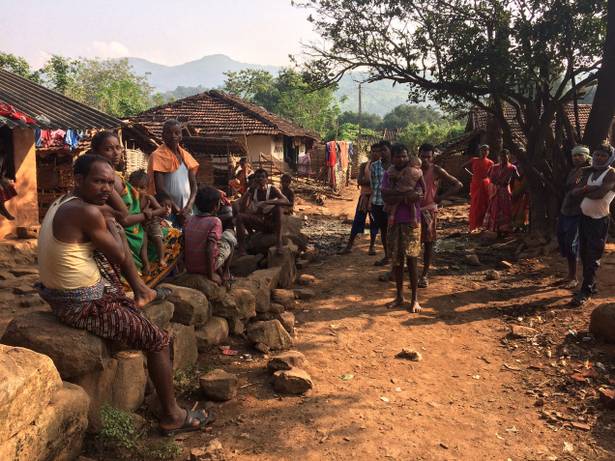
An analysis shows that Southern Odisha districts like Malkangiri, Koraput, Nabarangpur, and Nuapada have the highest the concentration of adolescents in the poorest quintile, whereas the maximum people in the richest quintile are in the districts like Khurdha, Cuttack, Jagatsinghpur, Jajpur, Dhenkanal, Sundergarh, Jharsuguda, and Sambalpur.
A glance at the districts very precisely reveals that the richest quintile in the State has been reported from the districts that have a well-entrenched architecture of the services sector or the manufacturing industries.
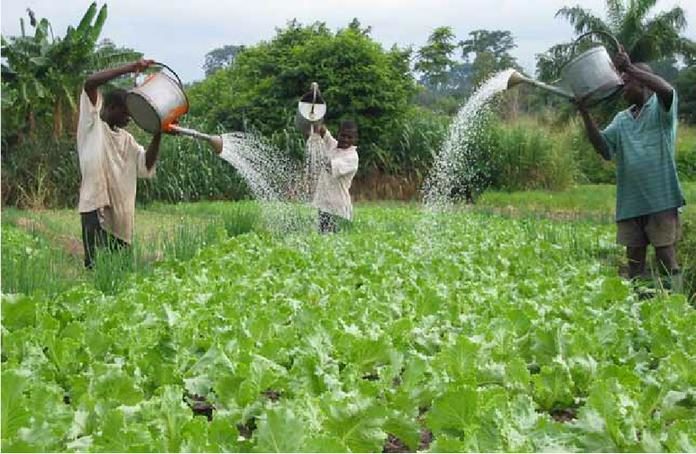
Significantly, as agriculture dominates the economy of 21 other districts in the State, and the districts having a higher proportion of people in the poorest quintile, there is a need for the State to reboot the farm sector by way of value addition to the farm produces.

Seventy years down the lane Odisha still struggles to get out of the mire of poverty. Two much-discussed programs of the Odisha government need scrutiny. The KALIA (Krushak Assistance for Livelihood and Income Augmentation) scheme is expected to benefit small and marginal farmers and help in poverty reduction in the rural areas. The Mission Shakti scheme also helps rural women enhance their income which is expected to help reduce poverty. So far so good.
While the government’s poverty-reduction schemes may look comforting, yet a reality-check would tell a different story. Foolproof implementation of the schemes is what needed to put the state at a high pedestal of prosperity.






















